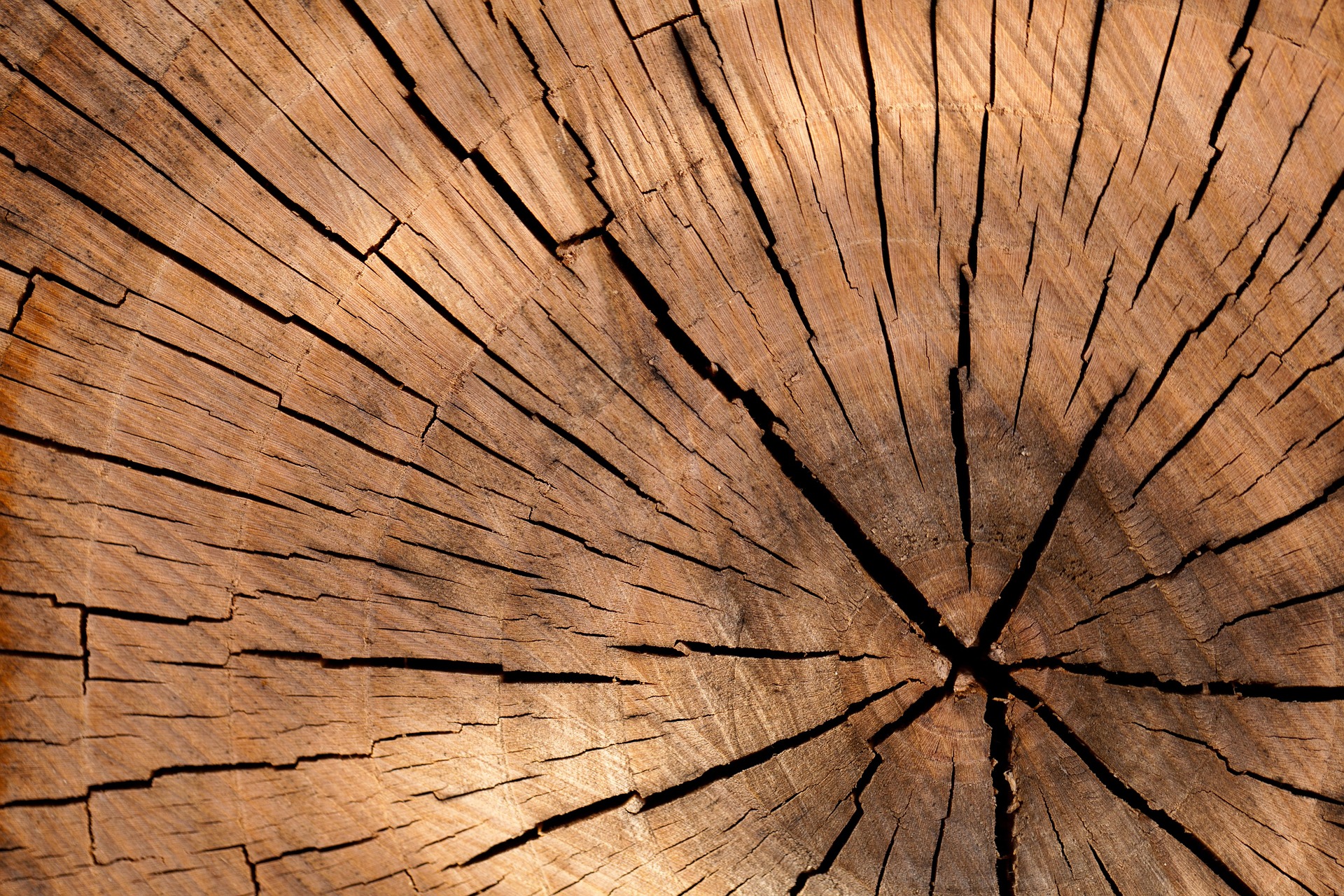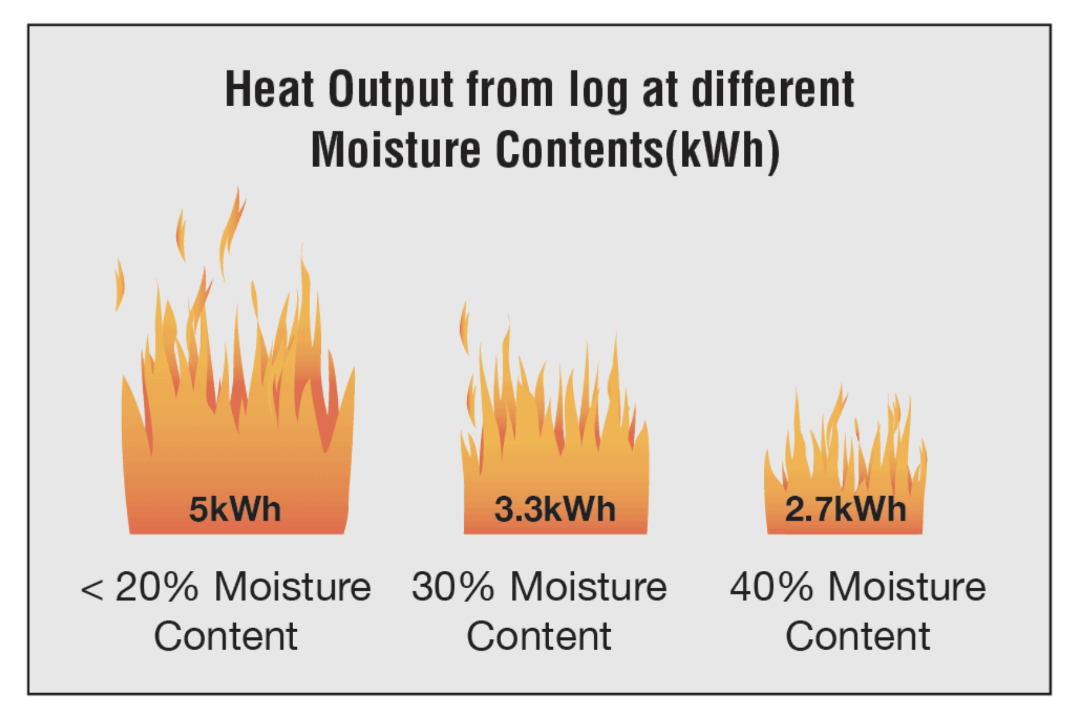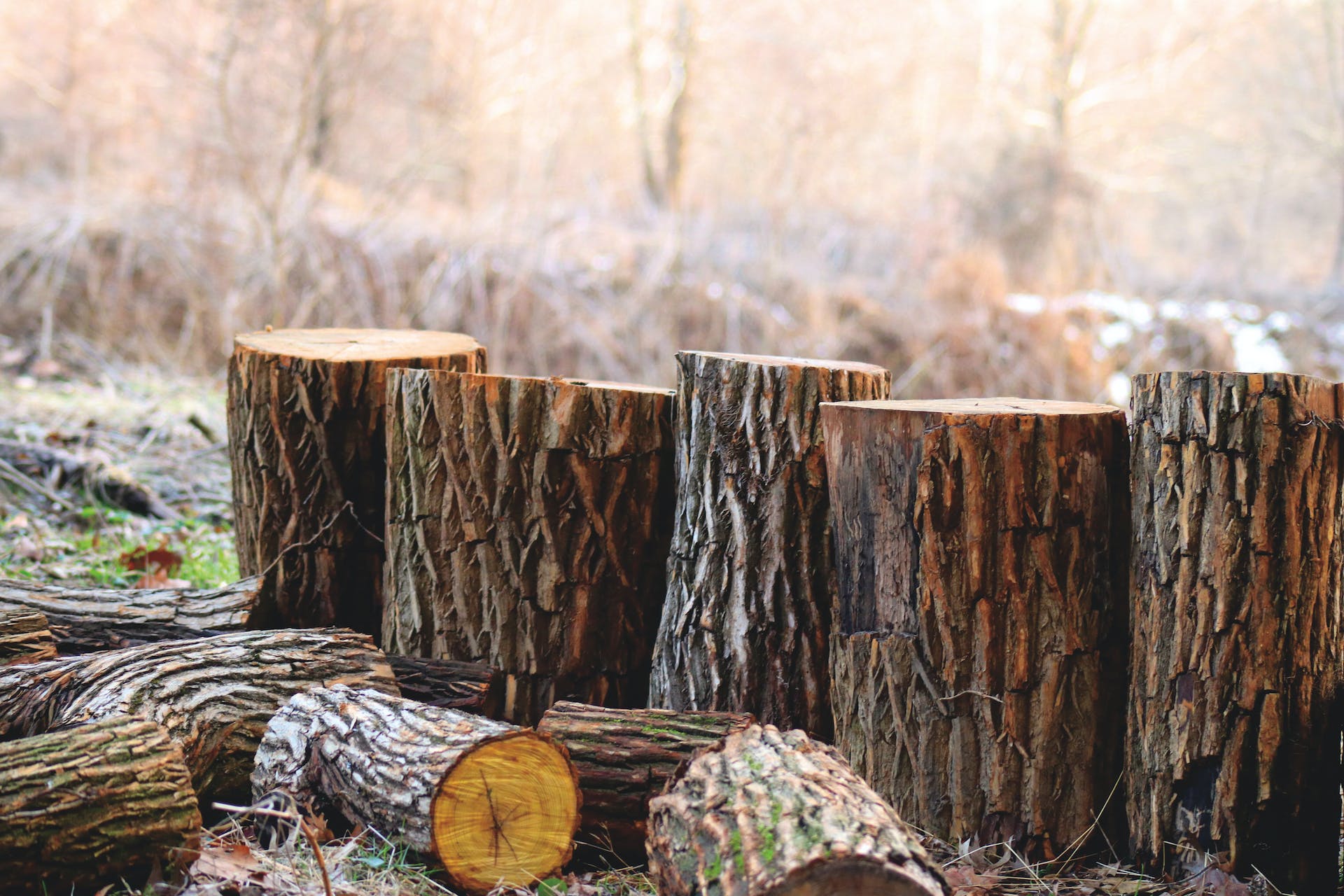There are significant benefits from burning the right type of wood on your stove. We have already spoken about the importance of burning correctly seasoned wood. However, it’s been a while since we outlined the (best) types of wood. Burning the right type of wood has the following benefits:
- Less in smoke
- Less spitting from the wood (usually sap)
- Less tar build up in the flue
- Reduced chances of blackening of stove window
- You produce a clean burn for a cleaner environment
- A better heat output
Below are five of the most popular and arguably the best woods to burn on your wood-burning stove.

Ash – Ash is thought to be one of the very best woods for burning. Ash creates a steady flame and a good heat output.
Unlike other wood, ash can be burnt when green, but like with most wood, it burns at its very best when it is dry.
Ash tends to have a very low moisture content when live, which is the main reason why you can burn it when it is green. Ash can cover White Ash, American White Ash, European Ash, and Blue Ash. It has many other names, too; however, most simply know it as Ash.
Beech – Like ash, beech burns very well. However, it does not burn well when green due to its much higher moisture content when live. Beech can be identified by its pale cream colour with a pink or brown hue.
Hawthorn – This type of wood has a slow burn rate and a good heat output. The bark is brown-grey, knotted and fissured, and twigs are slender and brown and covered in thorns.
It often hybridises with the UK’s other native hawthorn.
Oak – Probably the best know wood in the UK for a range of reasons. It is a popular wood for furniture but also it makes great firewood.
It burns very slowly and makes a small flame. It burns best when seasoned for a very long time (usually 2yrs+).
Yew – Slow burn and produces a great, intense heat. Burning yew also produces a pleasant scent, which makes it stand out a little more over other woods. Yew is poisonous.
.
Other wood can be used for burning. Those who cut their own wood may not have a wide selection, and so the type of wood may be limited. If you are to burn less than ideal wood, you should ensure it is seasoned correctly, at least. From the diagram below, you will see just how much moisture plays a part in heat output. At 40% moisture, you will get only half the heat out compared to 20% or less moisture content.

Correctly Seasoned Wood:
Using dry/seasoned wood will help ensure a better burn, fewer emissions, and a fire, which is much easier to light. Fresh wood will have a moisture content of around 50%, whereas dried/seasoned wood will have a moisture content of around 20%. Since 1st May 2021, the government has been phasing out the sale of wet/unseasoned wood in small volumes (under 2m3) in England. This is part of the successful The Ready to Burn initiative; where DEFRA appointed HETAS and Woodsure to run this certification scheme, which educates and informs consumers about the environmental dangers of burning wet/unseasoned wood, and to drive out the sale of unseasoned wood.
All logs sold in qualities under 2m3 in England must be certified as Ready to Burn.
If you burn 10kg of dry wood with a moisture content of 20% then you have evaporated 2kg of water, as opposed to unseasoned wet wood, which could have a moisture or water content of 50%, where you would have to evaporate 5kg of water. It is the wasted energy of having to evaporate the additional water that impacts a fire’s performance.

Where Should I Store?
You should store wood in dry areas, which are well-ventilated, but away from the elements – especially rain, which will eventually rot the wood. You should always stack your firewood as opposed to throwing it in a disorganised pile. Stacking will help promote air to circulate. You should never stack firewood against a wall when outdoors, as this can leave the wood open to moisture and bacteria, which, as mentioned previously, can rot the wood and prevent it from seasoning correctly. Always make sure you leave a few inches of space between your firewood and wall.
You should also check any local regulations regarding firewood storage. You must avoid storing firewood on a soil floor if outside, as the soil will rot the wood. If the wood needs to be kept outside, apart from using a top cover like a tarpaulin, stack them on a base, 2 by 4 sized planks of wood work well, so do wooden pallets. If you do use a tarpaulin make sure you don’t cover the wood completely, as this will prevent air from circulating. You should ideally place the tarpaulin over the top and a little down the sides, for maximum benefit.
Bringing Wood Indoors
You should have at least 3 to 5 days supply of wood in the home. This has a number of reasons that include:
1. It saves you from having to keep going out in the cold to get more wood
2. Wood at room temperature is just generally nicer to hold and take to the waiting stove
3. Any surface moisture, ice or dampness on the wood will have disappeared
4. There is something really nice about seeing a small collection of logs near a stove!
View our range of wood-burning stoves here.








